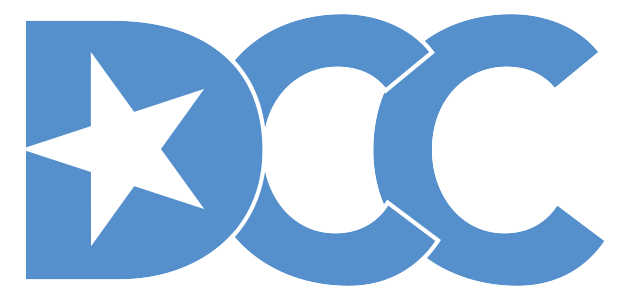Program Purpose
This program is designed to serve students with disabilities aged 18-22 years who require instruction through a modified curriculum focused on life and career skills. Placement is through a referral process and is an IEP placement. Please contact your student’s case manager or your High Schools ETR to learn more.
Program Goals:
The Career Centers strive to meet the independent living and career educational needs of all students regardless of their personal challenges by:
- Providing career and independent living skills training to students with disabilities.
- Empowering a diverse population of students for transition to a variety of post-secondary options.
- Providing students with the requisite skills for self-determination, independent living, and education for employment.
- Coordinating the transition of all students with post-secondary service providers.
Program Features:
Successful transition is facilitated through a continuum of instructional strategies, interdisciplinary team services, technology utilization, and community resources.
Instruction is provided to develop the following essential skills:
-
Occupational Guidance and Preparation including:
-
development and application of fundamental employability skills
-
Knowing and exploring occupational possibilities
-
Selecting and planning occupational choices
-
Planning for transition into work force
-
-
Independent Living Skills including:
-
Skills necessary for living independently
-
Independent community travel
-
Essential reading/math literacy skills
-
-
Personal Social Skills including:
-
Self-awareness and self-confidence
-
Social responsibility
-
Interpersonal communication and relationships
-
Decision-making
-
-
Self-Advocacy Skills including:
-
Requesting accommodations
-
Seeking assistance
-
Participation in transition planning
-
Instruction is provided in a wide range of environments, including:
-
Small group classrooms
-
School-based job sites, both enclave(group) and independent
-
Community-based job sites, both enclave and independent
-
Community resource sites, such as public transportation, banks, shops, etc.
-
Supervised settings, with support provided by school staff and/or natural supports
-
Unsupervised settings, such as independent job sites and use of public transportation
